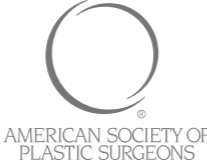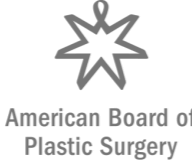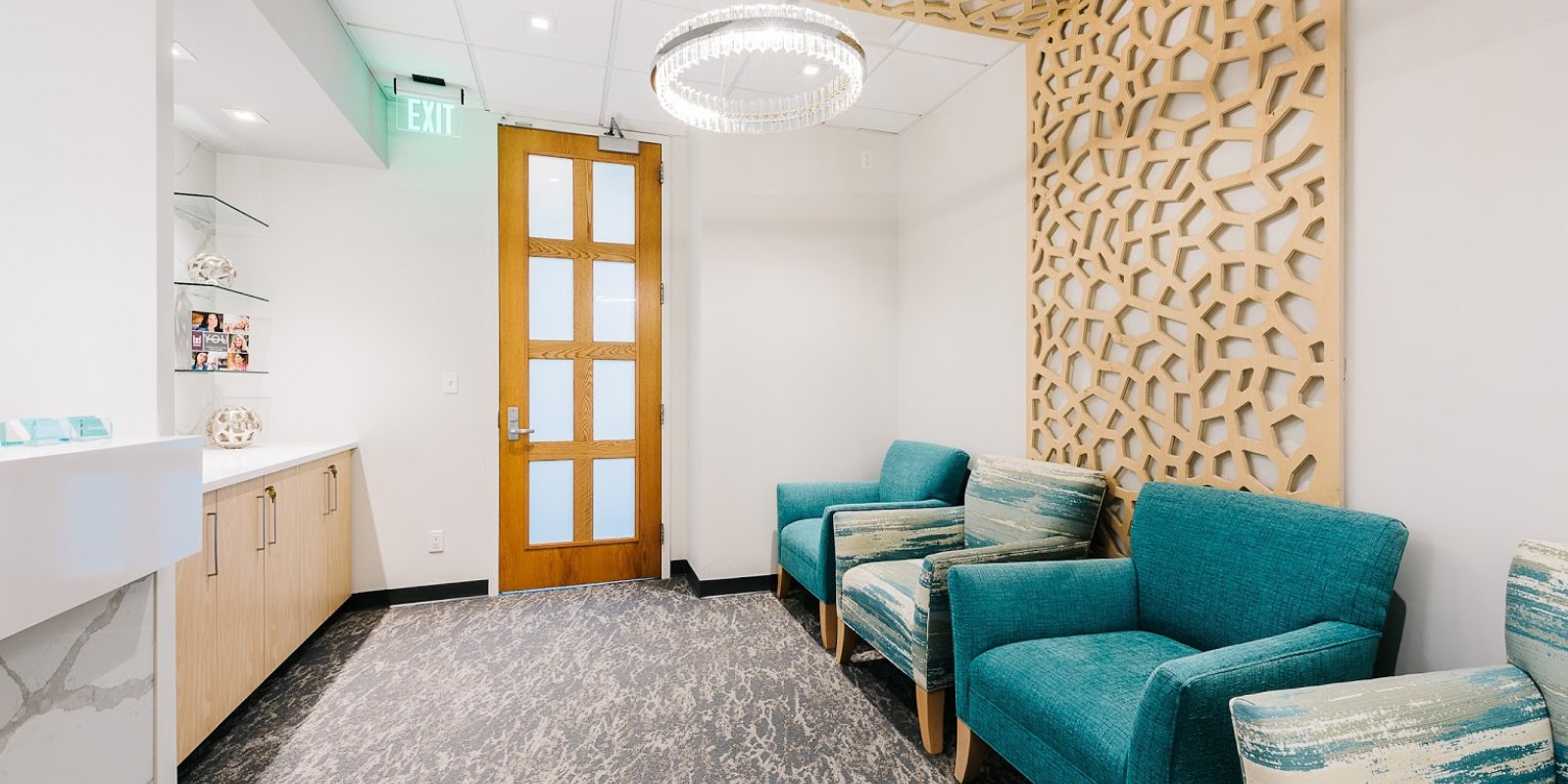Shop SkinBetter Products Here
BOSTON PLASTIC SURGERY
Shop SkinBetter Products Here
BOSTON PLASTIC SURGERY






Breast reduction surgery, technically called mammaplasty, reduces the size and volume of large breasts while making them firmer, shapelier, and more proportional.
The reduction process, which includes a breast lift when needed (as it is for most patients), involves removing excess fat, glandular tissue, and skin along with repositioning the nipple to enhance appearance.
In some cases, certain women may be able to benefit from liposuction alone to reduce the size of their breasts. This is true only for women whose breasts are large mostly because of fatty tissue, rather than excess breast tissue. You must also have good skin elasticity and little to no breast sag in order to benefit from this procedure. This technique requires less downtime than other surgical approaches and provides minimal scarring.
This technique places incisions around the nipples, then vertically down the middle of the breast, and lastly along the breast crease – forming an anchor or inverted-T shape. This approach is the most versatile and provides your surgeon with the greatest degree of control over your cosmetic result. That’s because the skin can be tightened both vertically and horizontally, and extra breast tissue can be removed from almost anywhere on the breast. The downside, however, is that the scars are more noticeable than some of the other incision patterns. This technique is recommended for women who want a significant amount of skin, fat, and breast tissue removed, along with optimal tightening.
A lollipop breast reduction uses incisions around the outer edge of the areola and vertically down the breast to the breast crease. Unlike the anchor approach, there is no incision along the breast crease itself. This option allows your breast reduction specialist to reshape a new, smaller breast with fewer scars. It is ideal for women with good skin elasticity and mild skin sag who want a moderate reduction in breast size. Women who need more substantial changes, or whose breasts are very large or have a large degree of skin sag, are not good candidates for this procedure.




You will be required to wear a surgical support bra after your surgery for 24 hours a day, except when showering, for the first 3 to 4 weeks. Although you will need to limit strenuous activity for 3 to 4 weeks, you should be able to return to work within a week or 2. After 6 weeks, you can resume your regular fitness routine and more strenuous activities.
Yes, a breast reduction typically alleviates upper back pain as well as bra strap grooving, and rashes beneath the breasts. Sometimes patients have arm numbness or neck pain due to their large breasts which can be improved with breast reduction surgery.
Yes, most, but not all, women who are considering a breast reduction also have breast droop, called “ptosis.” In these cases, the breasts are lifted along with being reduced. If there is no breast droop, the youthful shape is maintained with breast reduction.
Except in unusual cases, you will not need drains after your breast reduction.
Shop SkinBetter Products Here
BOSTON PLASTIC SURGERY
